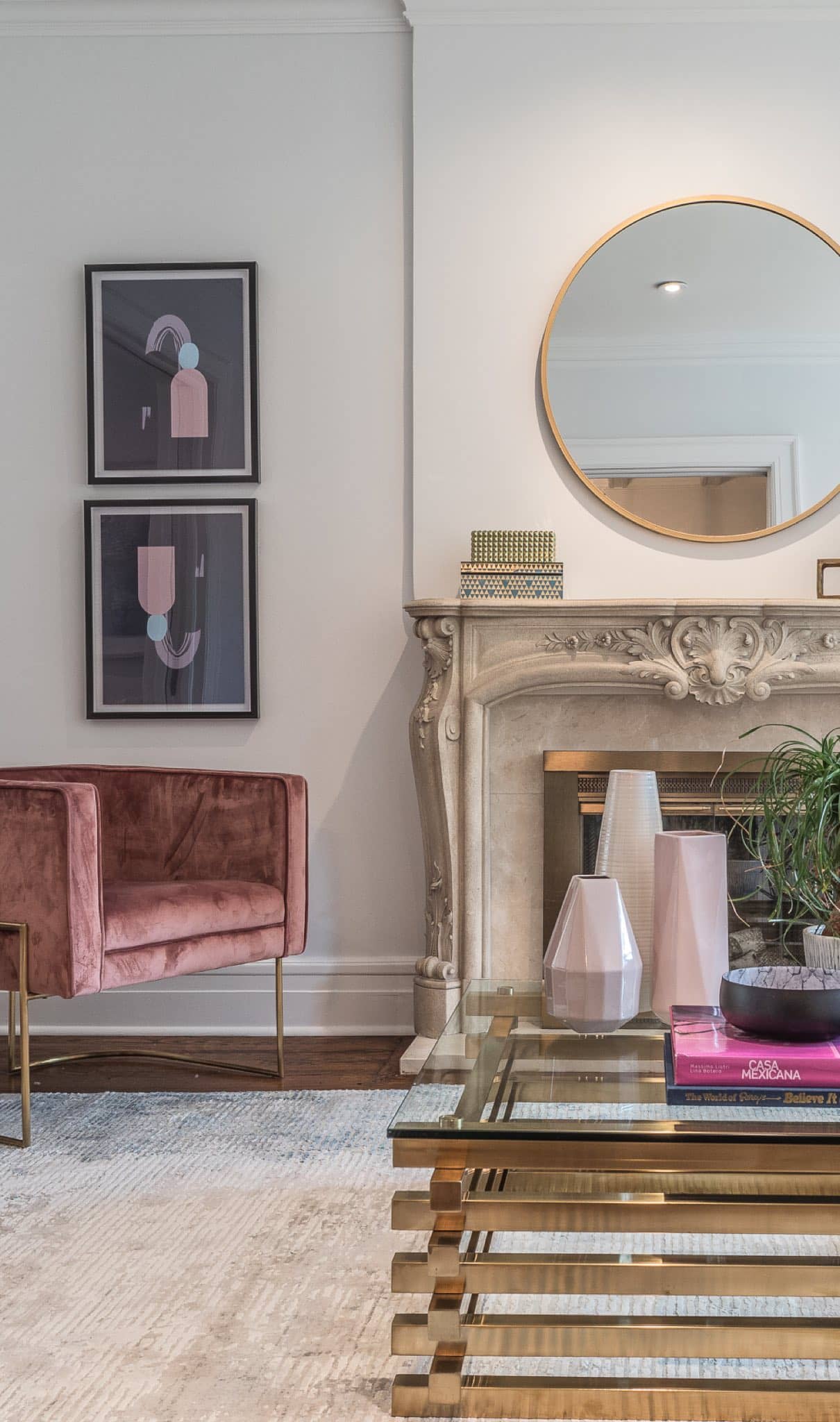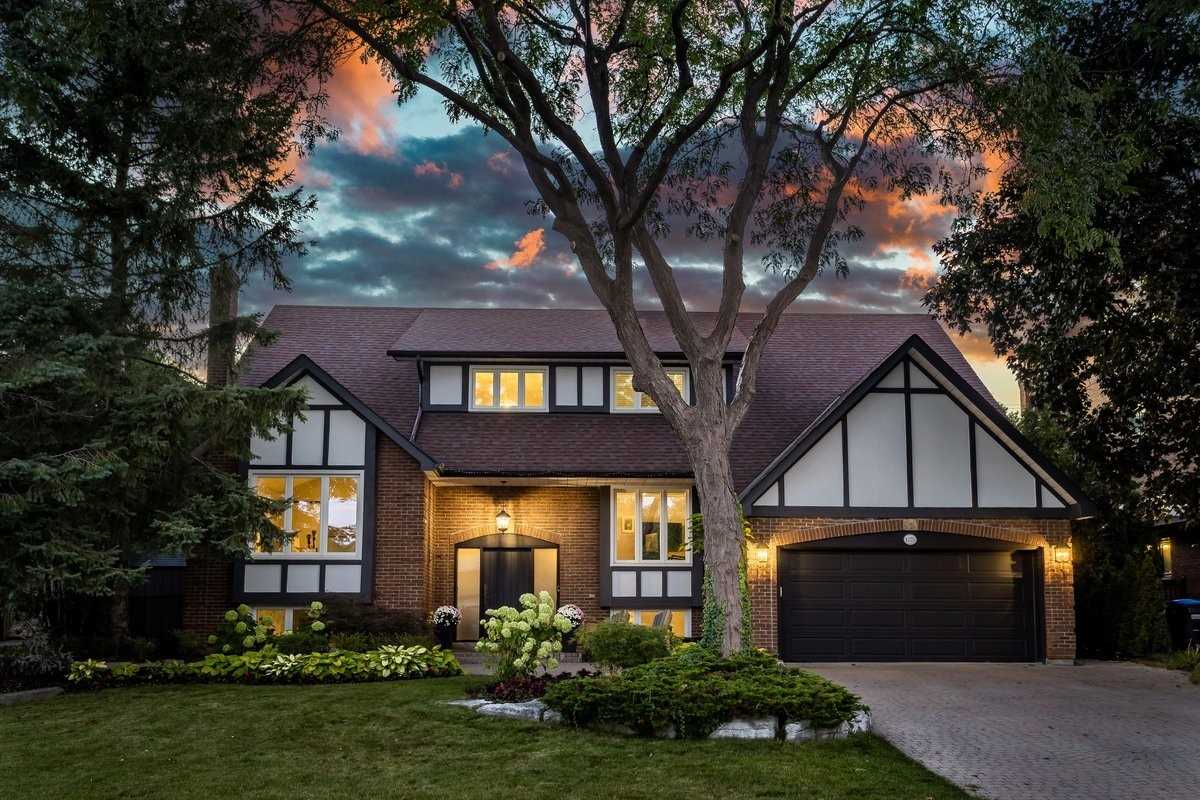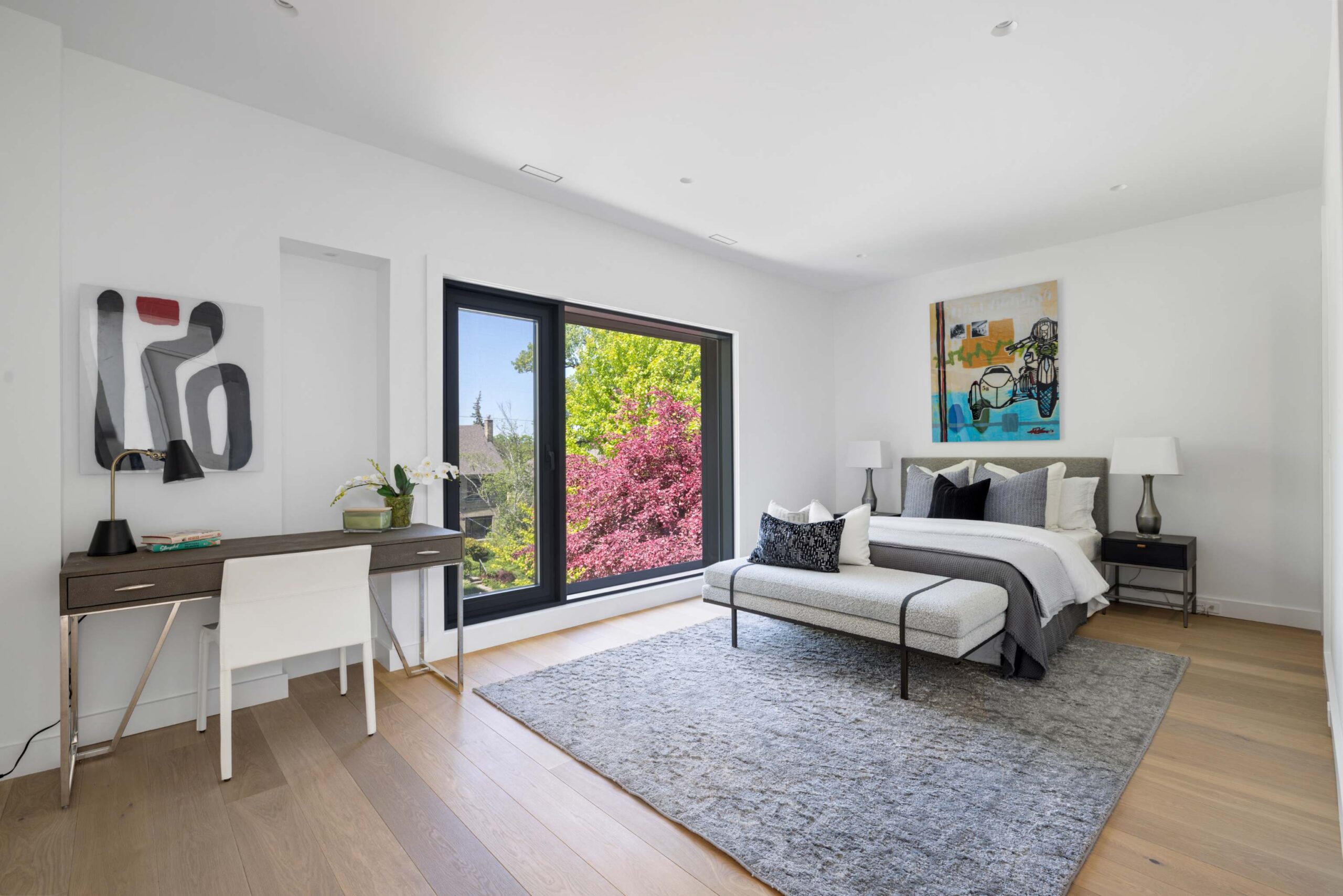July 7th, 2022 | Toronto Architecture
A Guide to Toronto’s Historic and Opulent Architecture Styles
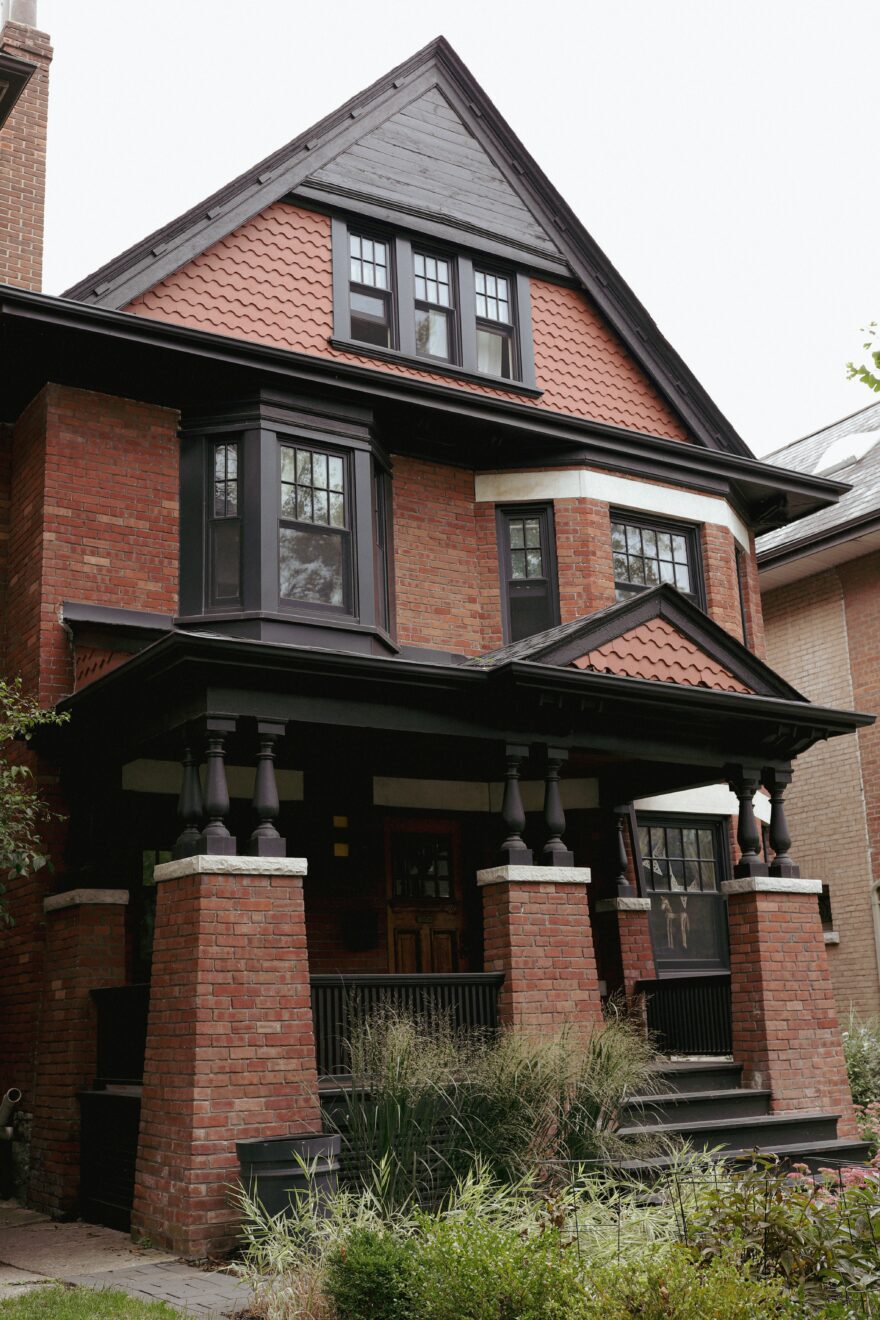
From early British influence to post-war expansion, Toronto’s unique history can be traced through the city’s diverse residential architecture styles.
If you are entering Toronto’s housing market as a buyer, you are likely to encounter one or more of the architecture styles on this list during your home search. By familiarizing yourself with both the terminology and defining traits of each style, you will have an easier time finding your perfect home.
Looking to buy a home in Toronto? Our distinct expertise and strategic buying techniques can help you find and purchase the perfect home. Learn more about our refined buying approach here.
Georgian
One of Toronto’s earliest architectural trends, Georgian homes are defined by two dominant features – brickwork and symmetry. As a reputable architectural style originating in England, some of the earliest wealthy settlers in the Toronto area built Georgian-style mansions as a display of affluence. In fact, two of Toronto’s oldest brick structures, The Grange Residence and Campbell House are both classic examples of traditional Georgian architecture.
As an extension of the city’s loyalist roots, Toronto is one of the only North American cities in which Georgian-style architecture remained popular into the late nineteenth century. While the city evolved both politically and in demographics, elite residents remained fond of Georgian architecture. As a result of this long-standing popularity, large Georgian-style homes are a common feature to this day in Toronto’s affluent neighbourhoods such as Bridle Path and Rosedale.
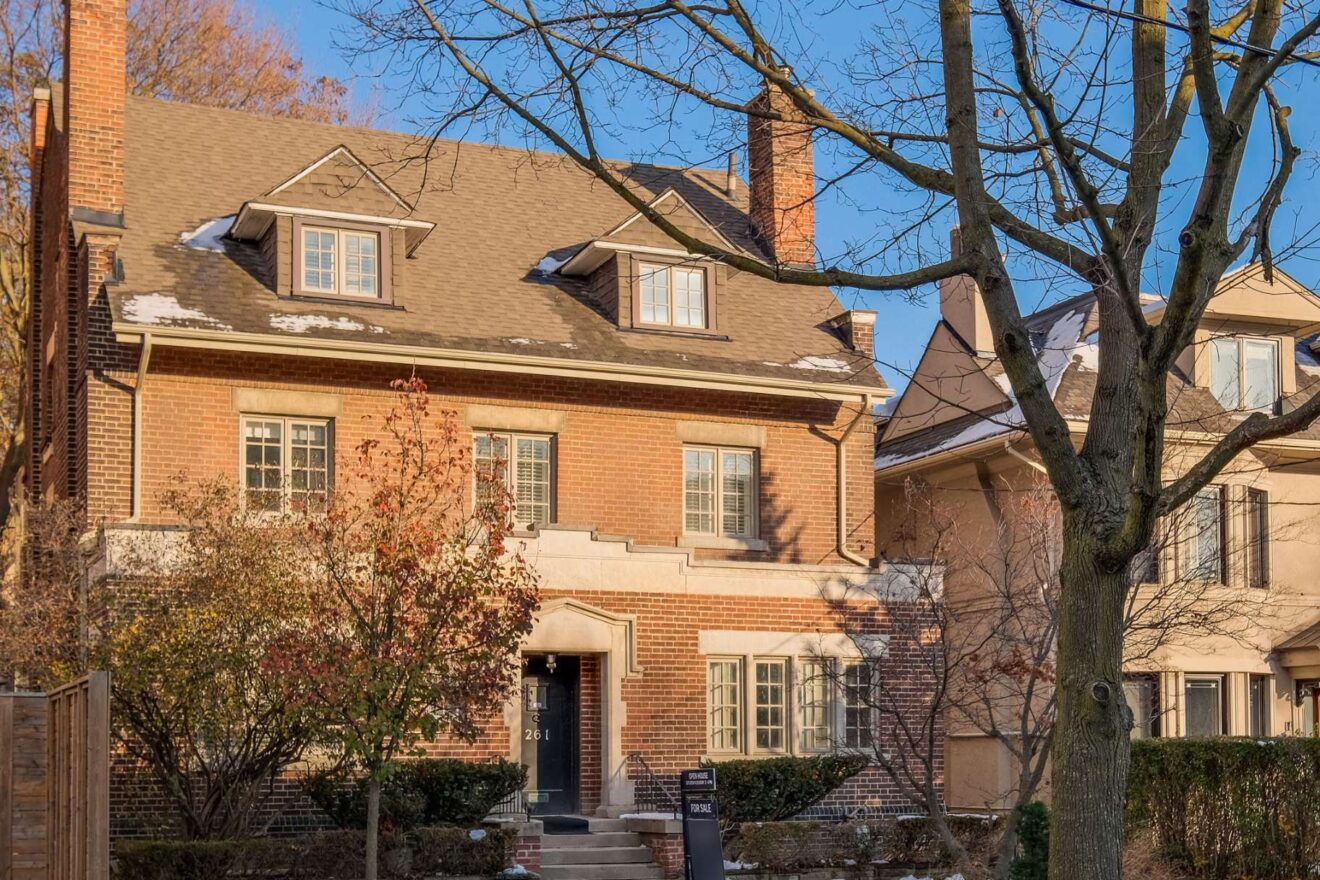
Searching for a new home? Buying in Toronto is an in-depth process, explore these helpful blog posts to get started.
- Are You Ready For a Major Real Estate Investment?
- How to Succeed With a Strategic Home Buying Process
- How Recent Interest Rate Hikes Will Impact Buyers
Tudor Revival
In contrast to Georgian architecture, Tudor revivalist homes feature a rustic, cottage-inspired charm. The revival of Tudor architecture in Toronto came from a wave of elite residents looking to build large homes with traditionalist, countryside flair.
Common elements of Tudor homes include multi-gable roofs, dark wood trim, large windows and half-timber facades. Expansive in nature, Tudor revival homes are commonplace in neighbourhoods with large lots, such as Rosedale and Baby Point.
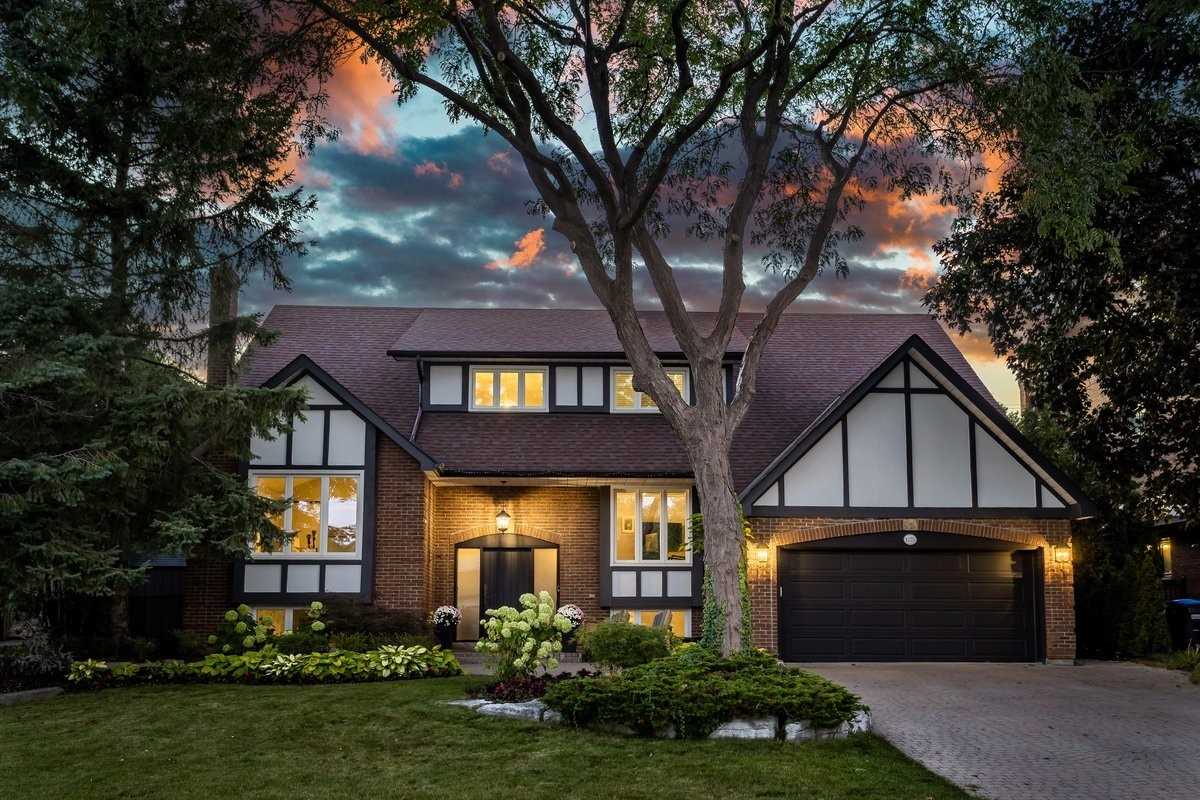
Victorian
Towards the beginning of the twentieth century, Victorian architecture was becoming increasingly popular in North American cities, Toronto being no exception. Defined by steep gable roofs, turrets, plentiful windows and decorative elements, Victorian architecture was thought to be a more contemporary and distinctive style compared to its predecessors.
As the style worked particularly well on smaller, narrow lots, many of the city’s middle class neighbourhoods were first developed with Victorian housing. Parkdale, Trinity-Bellwoods, Kensington Market and The Annex all feature an abundance of homes built in this style.
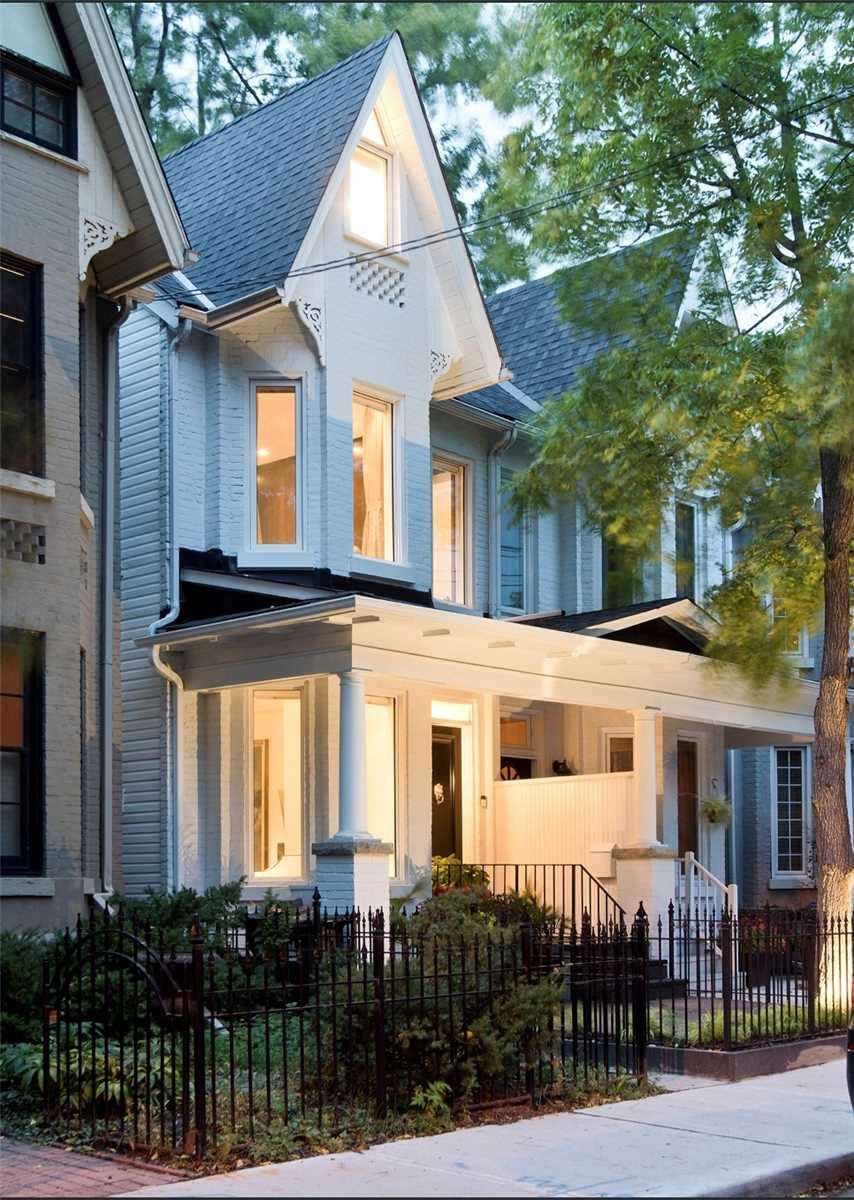
Bay-And-Gable
Originally inspired by Victorian architecture, bay-and-gable housing has become a defining staple of Toronto architecture over the past two centuries. Bay-and-gable homes were first developed and implemented in the late nineteenth century, as Toronto’s rising middle class created a demand for housing that reflected more affluent tastes.
Bay-and-gable homes feature expansive bay windows across the home’s front facade and are topped by a gable roof. This architectural style is usually incorporated into semi-detached properties. However, some freestanding bay-and-gable homes can be found in neighbourhoods like Summerhill and Cabbagetown.
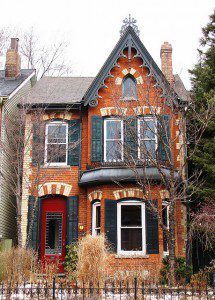
Edwardian
In the early twentieth century, Edwardian homes would become the city’s dominant new housing trend. Although heavily influenced by both Victorian and bay-and-gable architecture, Edwardian homes focused on practicality and comfort. Rather than emphasizing the height of a home, Edwardian architecture embraces wider, boxier designs. A notable and ubiquitous trait of Edwardian homes is their large front porches.
Despite its acclaim, this architectural style was uniquely short-lived, with development in Toronto wrapping up around 1915. However, an abundance of Edwardian homes can still be found in several areas around the city. Neighbourhoods like Roncesvalles, The Annex and Summerhill feature a high volume of homes in this style.
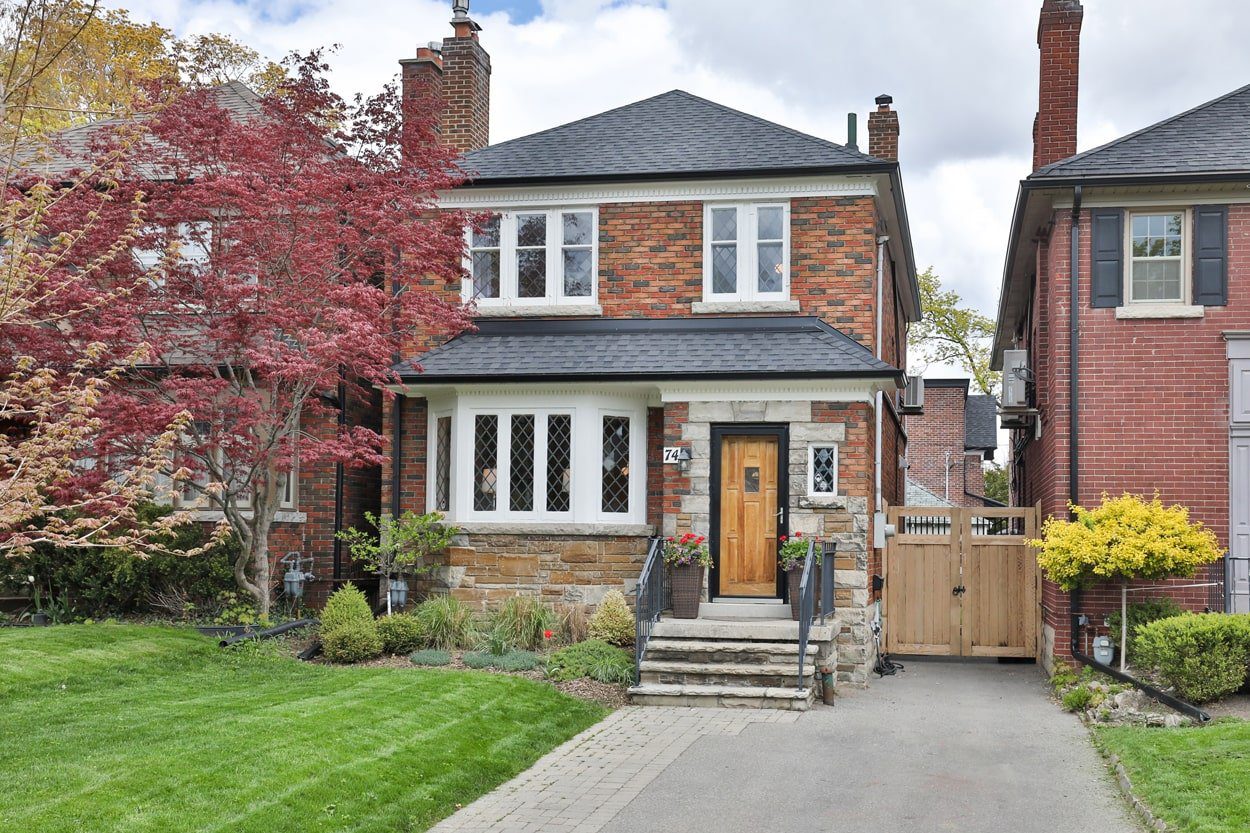
Ready to find your perfect Toronto home? We can help you buy with confidence. Connect with us.


